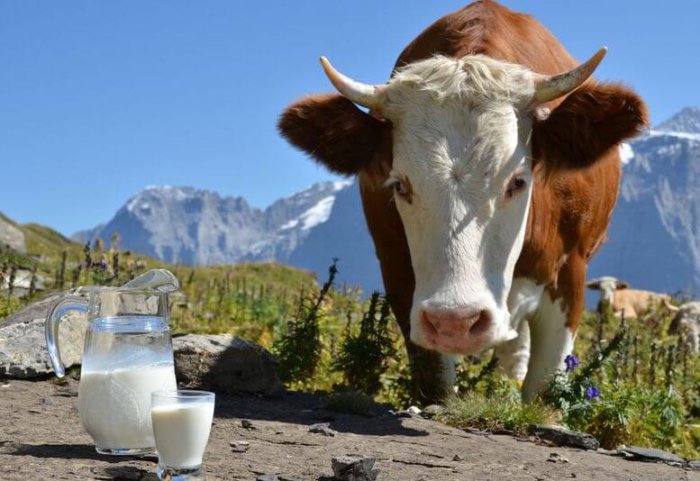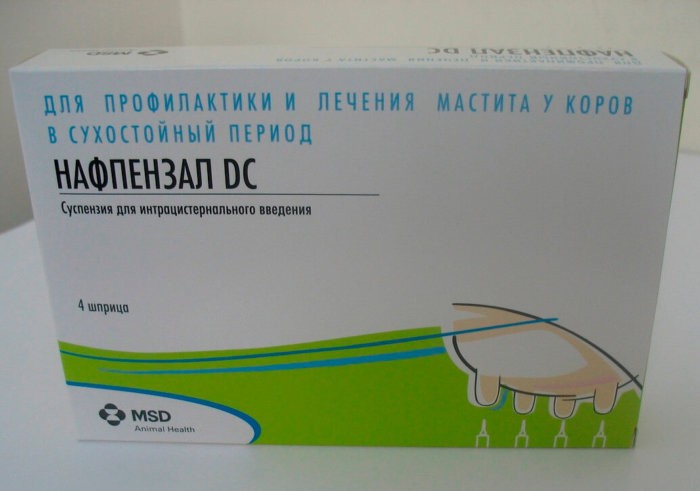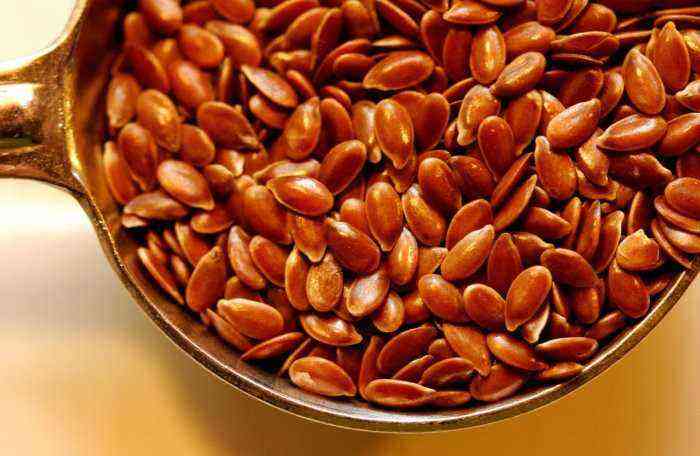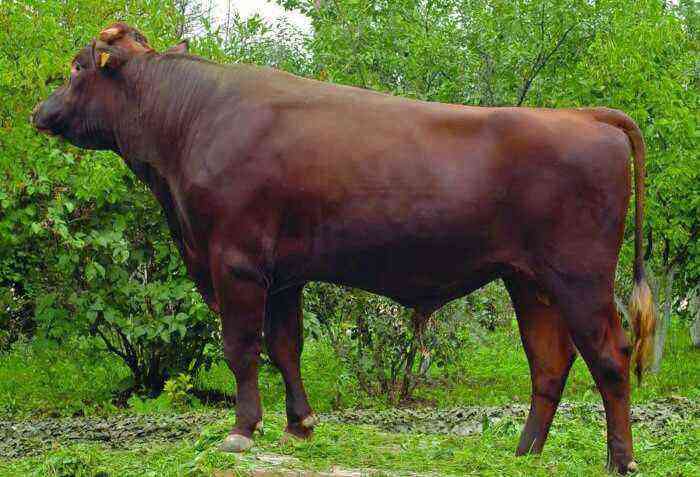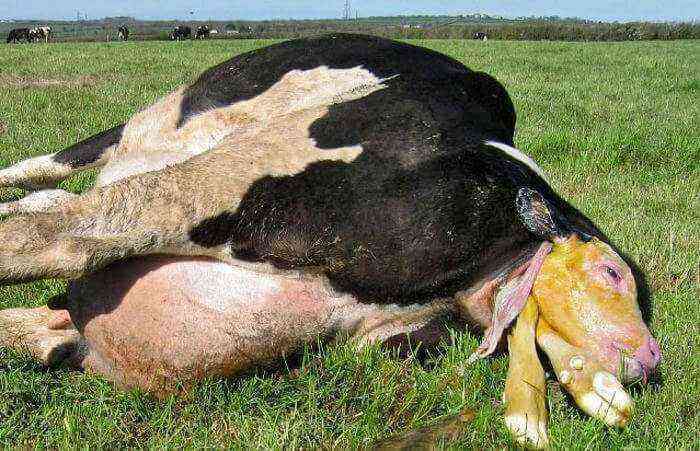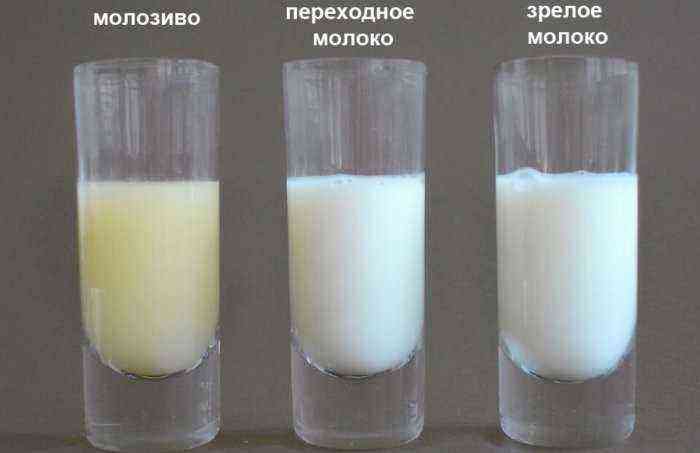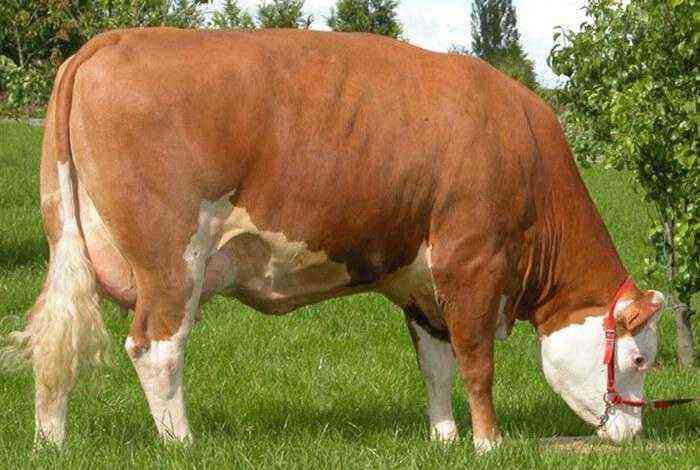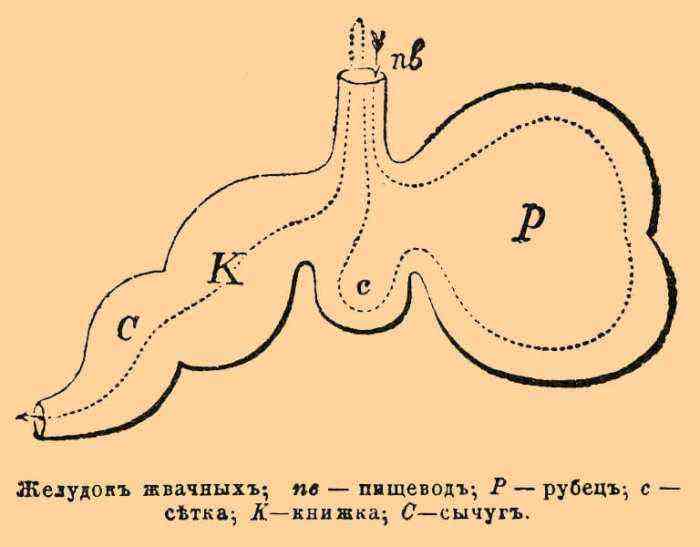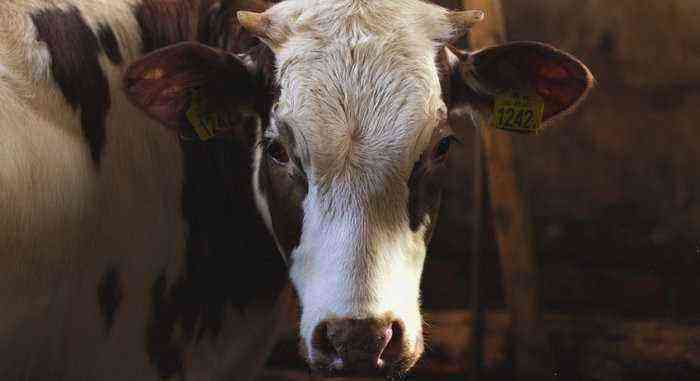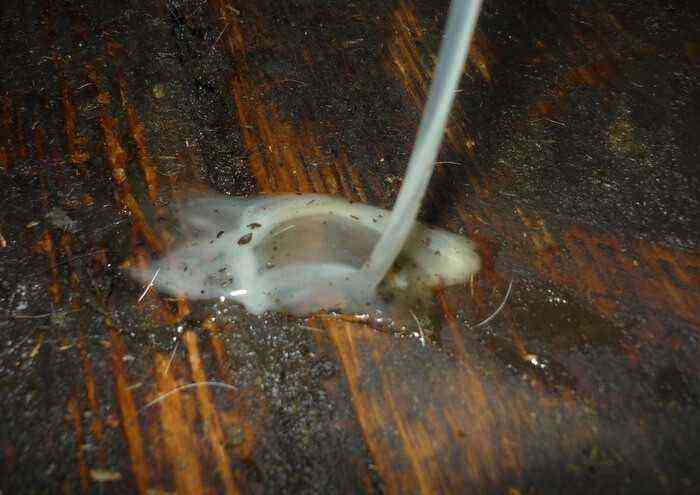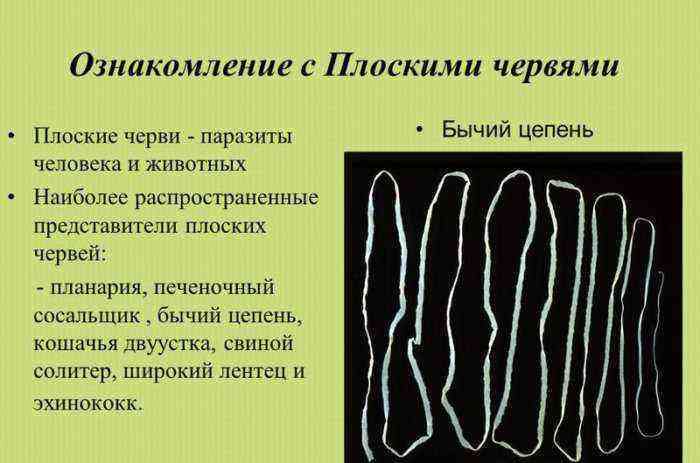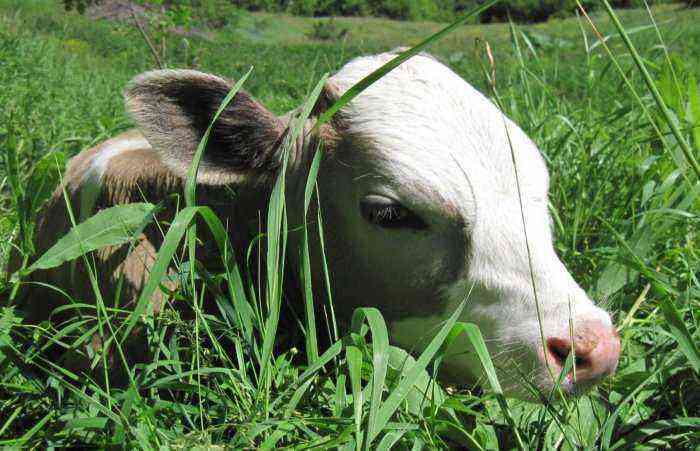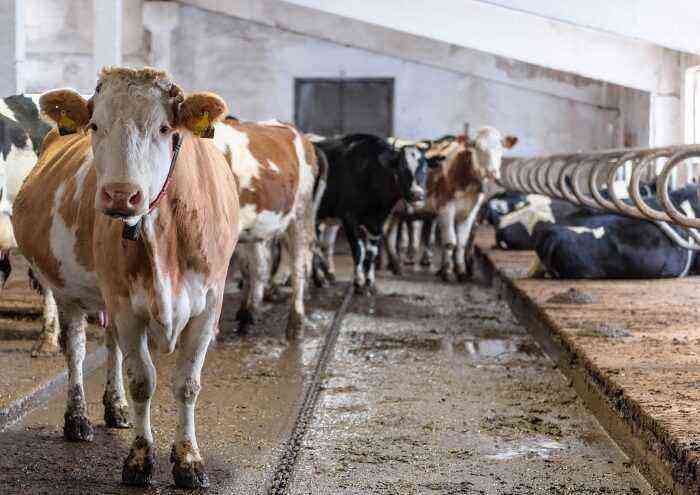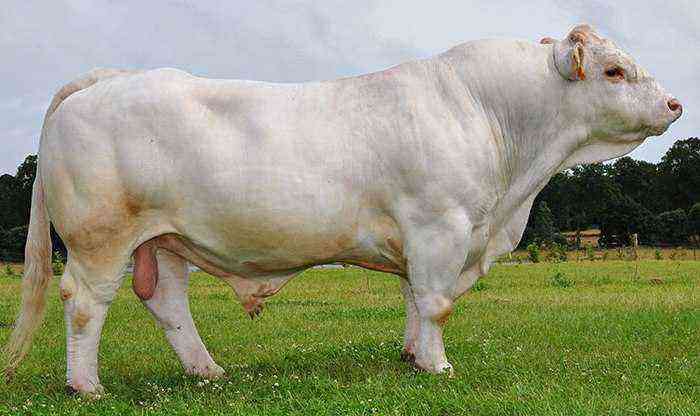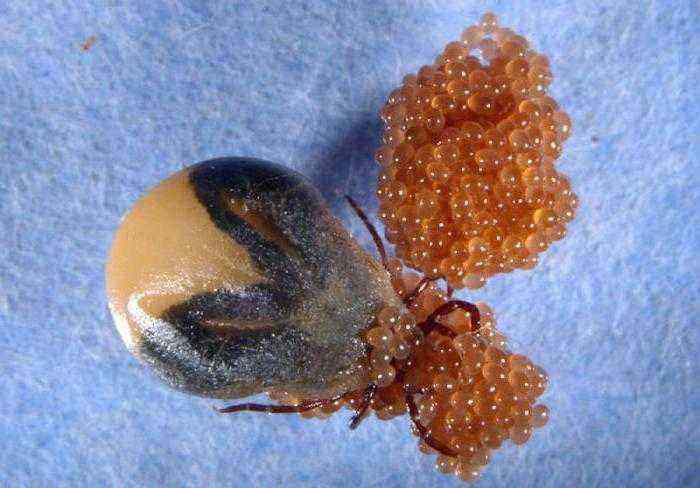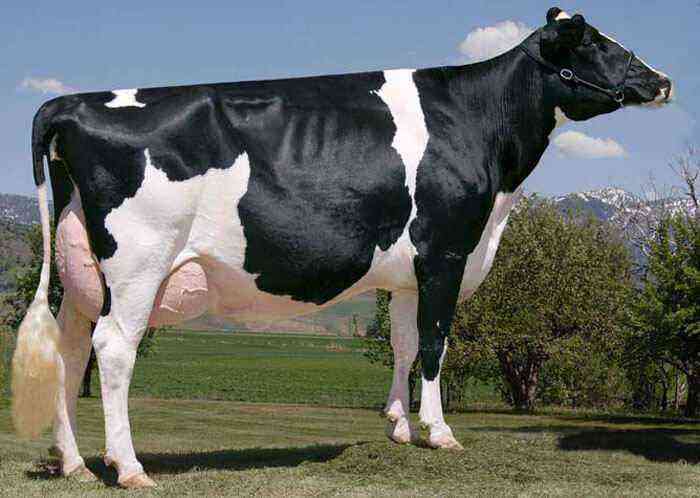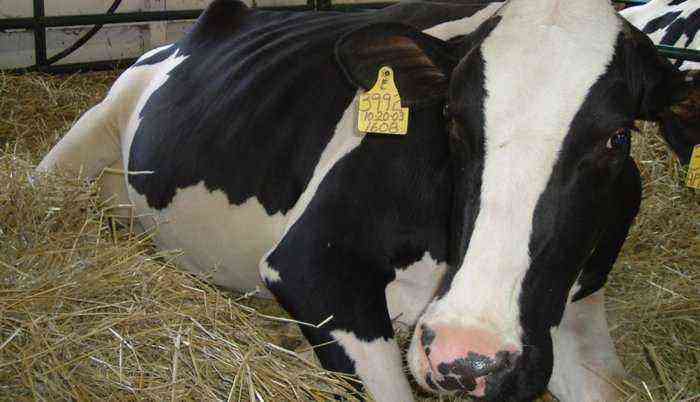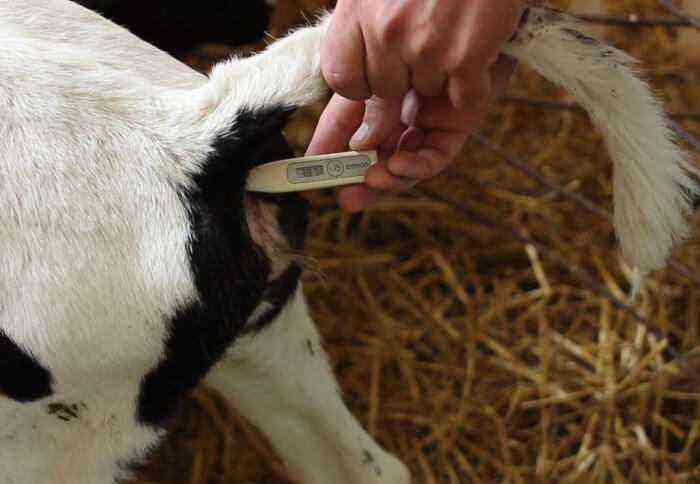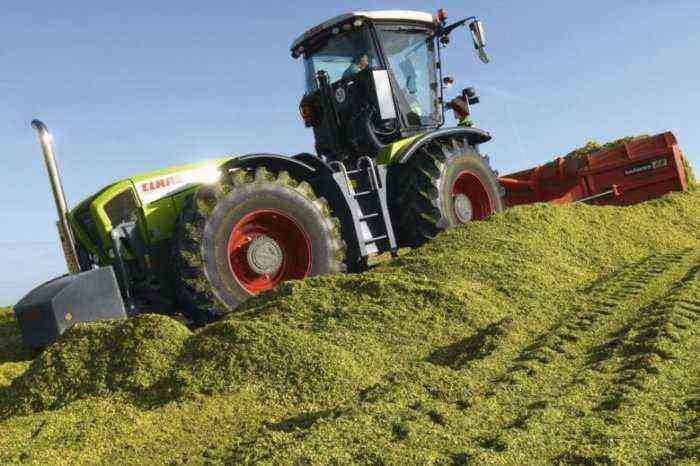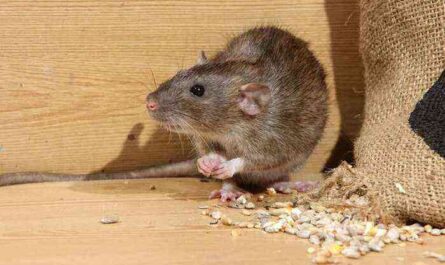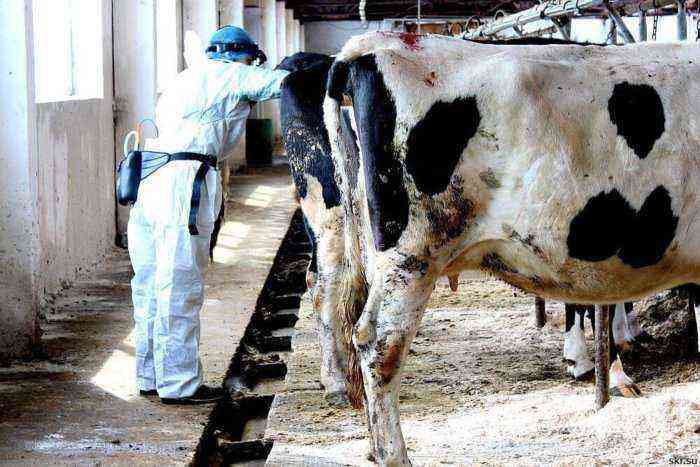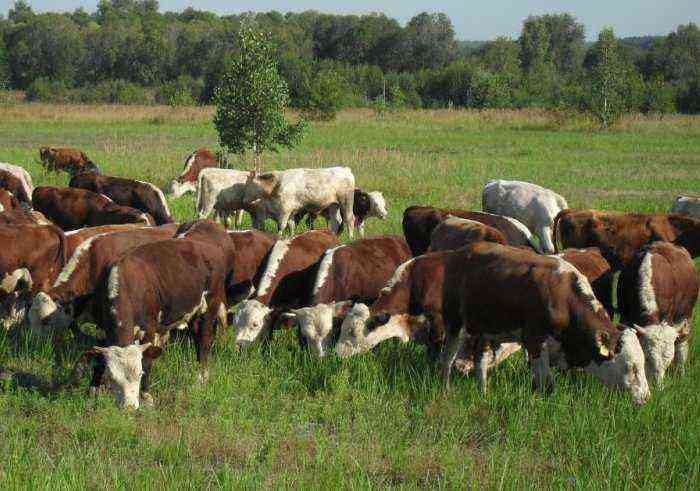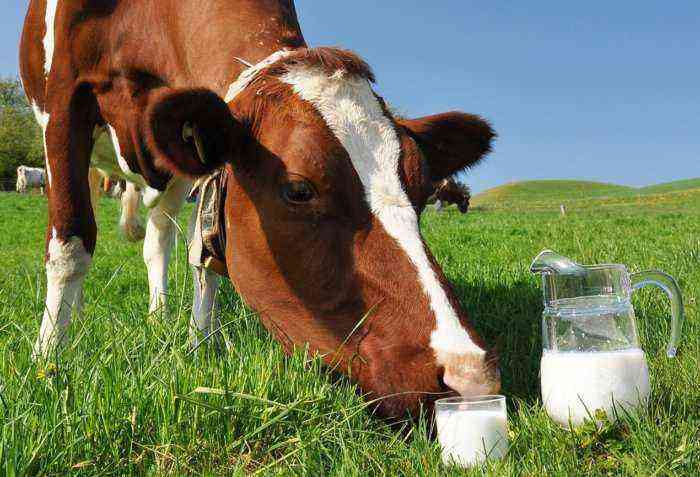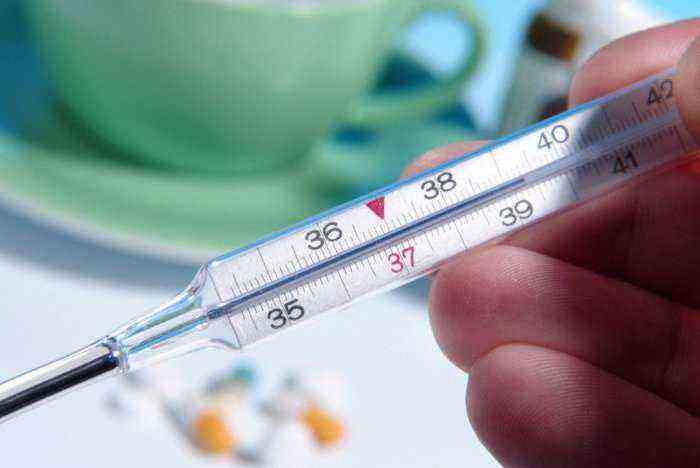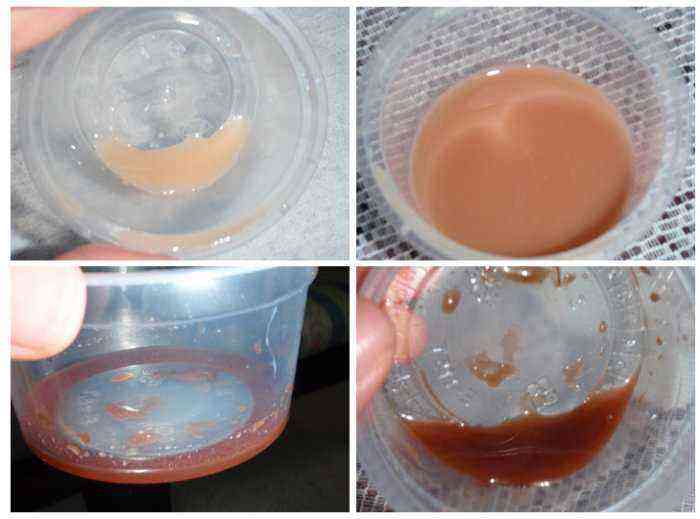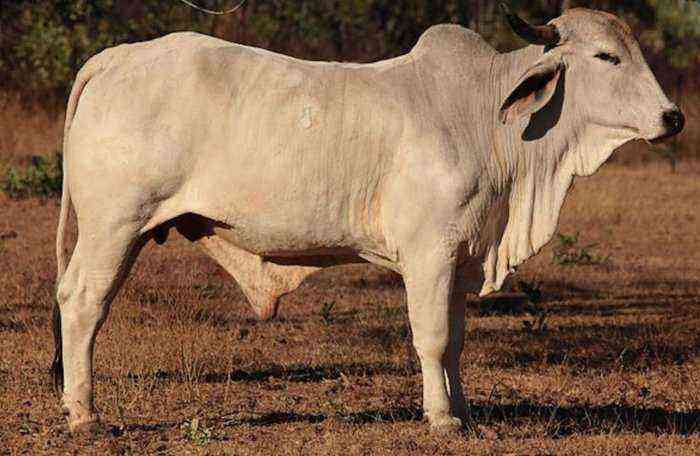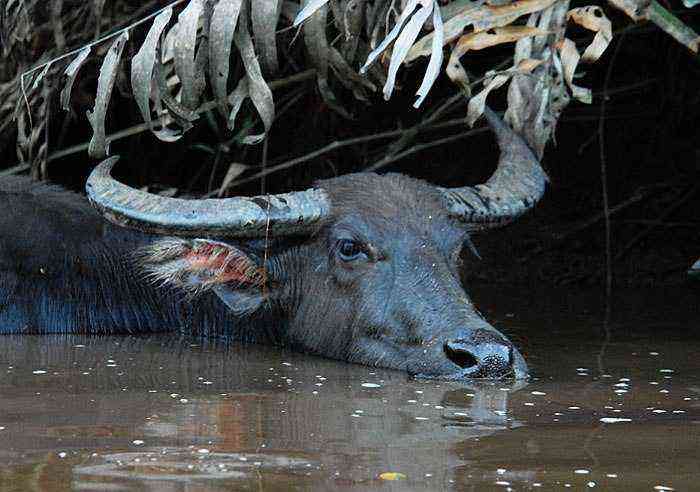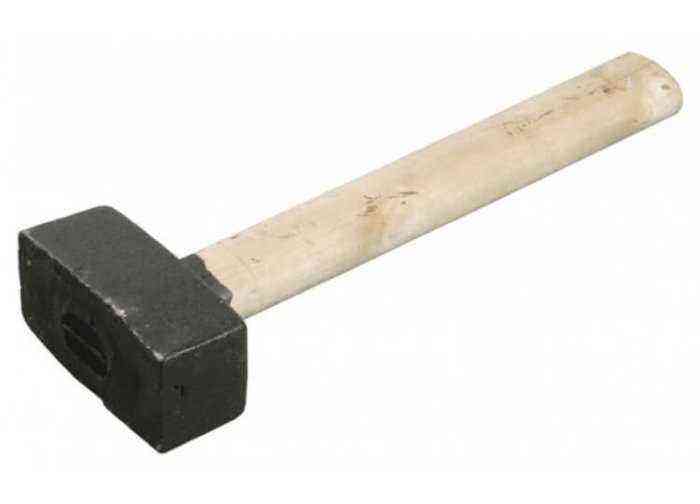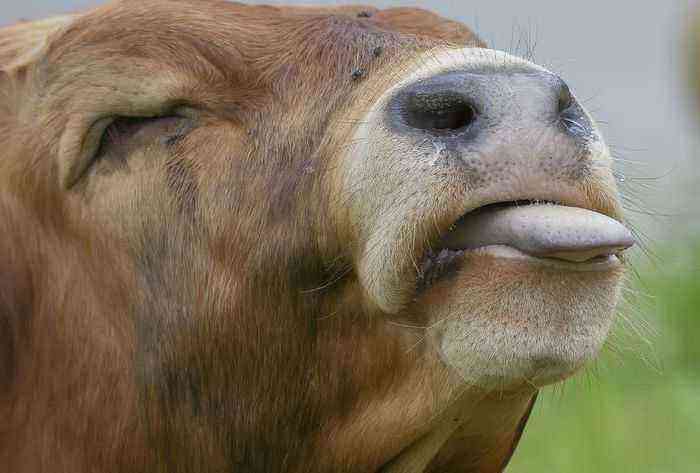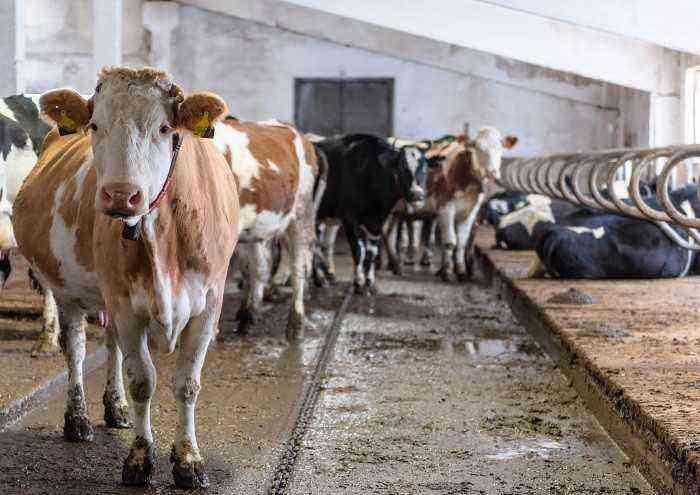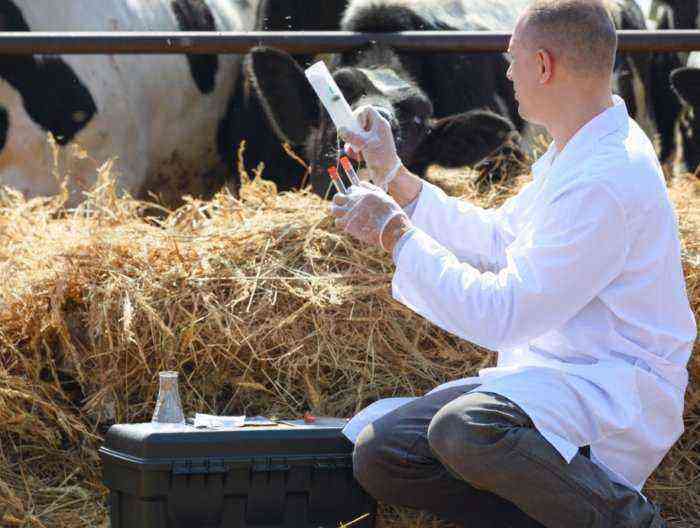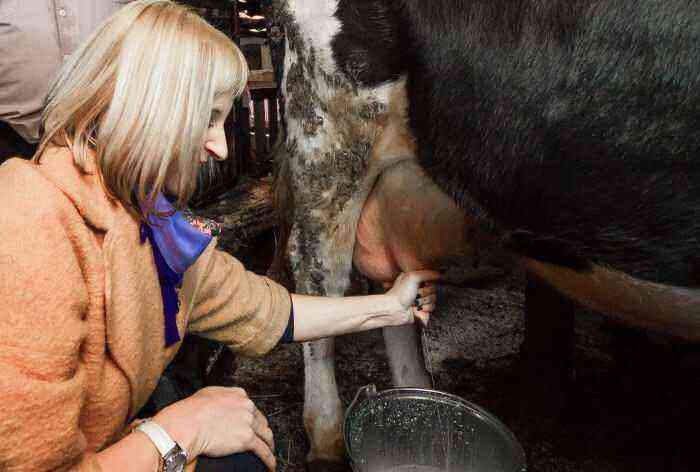Starting a cow before calving is a necessary measure to improve performance and produce healthy offspring. By this process is meant the cessation of milking of a pregnant cow shortly before calving. After launch, there is a dry period. At this time, the cow is gaining strength before childbirth and the upcoming lactation. It is important for every farmer to know how to properly launch when to stop milking.
Cow in the pasture
Preparation before calving
Being engaged in breeding cows, the owner of the farm understands how important it is to properly prepare for calving. The health of future offspring, and hence profit, depends on this. A pregnant cow needs good care and proper nutrition throughout the entire period of pregnancy. However, to increase her milk yield after calving, you need to give her rest, stop milking 1,5-2 months before birth. During this time, the cow will replenish vitamin and mineral reserves, gain strength, which will help increase productivity during the upcoming lactation.
Preparation before calving necessarily includes the launch of a cow. It is carried out 60-75 days before the expected date of birth. Individuals that give more than 10 liters of milk daily should be started earlier than the rest, because their body takes longer to stop lactation. To start a cow in the summer, it is necessary to change the diet, excluding succulent feed and concentrates from it, and milking should be done according to a certain pattern. In the first days of the launch, the animal is milked twice a day, then once a day, and after milk production almost stops, milking is completely stopped. The launch of the cow is carried out in two ways:
- Gradually (due to changes in diet).
- Forced (with the help of medicines).
Reference. The second way to stop lactation is resorted to if the cow is a heifer or gives more than 10 liters of milk per day.
Cow start time
Time plays an important role in the process of launching a cow. Usually a cow is launched one and a half to two months before calving. It is worth focusing on this period when the cow brings about 5 or a little more liters of milk daily. If it is high-yielding, gives 5-10 liters of milk, the launch should be started earlier – 2-2,5 months before the expected date of birth.
You can start a cow in one week. To do this, the farmer changes the cow’s diet – reduces the supply of succulent feed and concentrates, drink, and also transfers the animal to a different milking scheme. All these measures are aimed at reducing milk production. Usually, already on the 5-6th day after the start of the launch, the udder decreases in size, lactation completely stops. Sometimes this process is stretched for a period of 2 weeks or more. In some cases, conventional measures are ineffective, then they resort to the help of medications to stop lactation.
cow milking
As soon as milk production stops completely, the so-called dry period begins in the cow, she rests and gains strength before calving and subsequent lactation.
Important! You should not be afraid of losing milk at this time, as they will fully pay off after calving. A rested cow after the birth of a calf will significantly increase productivity.
gradual launch
To properly start a cow, it is necessary to change the milking pattern and diet. Up to half of the juicy feed and concentrates are removed from the cows’ menu. She is transferred to poor hay. In summer, it is important to reduce the time spent on the pasture to 4 hours. Drinking is also limited.
Attention! In the case of high-yielding cows, sometimes it makes sense not to put them on pasture at all during start-up.
Milking scheme:
- On the first day, the udder is decanted twice – in the morning and in the evening.
- On days 2 and 3, cows are milked only in the morning.
- On the 4th and 5th day – in the evening.
- On the 6th day – in the morning.
- On day 7, the cow is milked in the evening.
If by this time the udder has decreased in size, and the amount of milk has decreased to half a liter per day, then it is recommended to stop pumping.
Attention! During the launch, you should carefully examine and palpate the mammary gland for seals, as well as intensively care for it to avoid infection.
The launch of high-yielding cows is carried out according to the same scheme. The only difference is that each step can take longer. That is, in the first few days, the cow is milked twice a day. When the amount of milk is reduced, it is transferred to a single milking. This stage also lasts for several days (4-6). A cow is stopped milking when her udder shrinks – decreases in size.
Forced start
The cow is forcibly launched if no other methods work. In some individuals, by the end of the run, lactation is reduced, but does not stop. Such cows continue to give up to 3-5 liters of milk per day, despite the best efforts of the farmer. In this case, it is advisable to use medications to stop lactation. List of drugs:
Nafpenzal DC
- Nafpenzal DC.
- Orben’s EDC.
- Brovamast S.
- Mastometrine.
Reference. These drugs not only help stop milk production, but also prevent the development of mastitis.
The use of start-up drugs does not eliminate the need to change the cow’s diet. When transferring to dry wood, the animal needs good care and proper nutrition.
Care and feeding
A pregnant cow requires a lot of attention. It must be kept warm, in a clean stall, where there is no dampness and draft. During the dry period, the animal needs daily hygiene – the skin should be brushed and the udder washed with warm water. It is important to keep the bedding clean. During pregnancy, a cow should walk a lot – if possible, 2-3 times a day for an hour. This will avoid complications after childbirth in the form of udder edema and other pathologies.
Particular attention is paid to the nutrition of the animal. In the first 10 days after the start of the launch, the supply of succulent feed and concentrates is halved, and their share in the diet is replaced with poor hay. Cows do not eat such food very willingly, therefore its quantity is not limited. Drinking should also be reduced. Feeding is done 3 times a day. At the end of the launch, succulent feeds and concentrates are returned to the diet, adhering to standard feeding norms. Only two weeks before the expected date of calving, their summer cottage is again reduced by 20-30%.
Carrots for cows
In the diet of a pregnant cow during the dry period, there should be:
- Good-quality meadow hay.
- Root crops – carrots, potatoes, beets.
- Juicy food.
- Concentrates.
- Vitamin supplements (chalk, salt).
Important! The quality of the food base must be strictly controlled – it is unacceptable to give the animal rotten hay, rotten vegetables, and sour food. You can not give a cow cold water – sometimes this leads to a miscarriage.
The health of the future offspring, as well as the performance of the animal, depends on the timeliness and correctness of the launch of the cow. The ideal time to start transferring to dead wood is 2 months before calving. If the cow’s milk yield is large, more than 10 liters of milk per day, you should start starting earlier – 60-75 days before the birth. If lactation does not stop despite dietary restrictions and changes in the milking pattern, medications should be used to start the cow.
